In this session a group of four panellists presented and discussed examples from India, Ethiopia, Niger and East Africa for successfully building rural institutions, facilitated by IFADs Tom Anyonge.
Truly fascinating was the example from India presented by Judith (FAO). Women self-help groups or saving associations have working for almost 30 years in the Indian state Maharashtra. During the past five to eight years these groups started associating into federations. Two to three hundred women form community managed resource centres. The issues addressed by these groups go far beyond the traditional themes of a savings association. Women started proactively taking on social issues, such as domestic violence. They bring in banks for more project funding or experts, like livestock specialists when needed. Judith also openly shared what she sees as the three major challenges of these relatively new institutions: politicization, “overempowerment” and corruption.
A reoccurring theme across all contributions was the sustainability of rural institutions. Panellists identified links as key to sustainability. This means linking new institutions (1) to existing traditional organisations as well as (2) to higher levels of government. In most of the examples presented new institutions were created by external actors. For such structures to endure there must not only be support from local community, i.e. the demand or the need for new institution must be widely recognized. For such an institution to work there must be ownership by the local community. For external actors this means their role cannot merely be to put structures into place, but to build strategically the capacity of the members to own the institutions and to plan for sustainability. However, the building of new institutions often goes hand in hand with attitude change.
Especially when working in rural communities, we have to be a little more generous in giving time to identify and respond to the need for change. It was encouraging to hear how much awareness there is for the role of effective institutions in collective action, resource management, improved marketing of agricultural products, access to financial resources or more generally, in building better rural livelihoods. The grand words and the abstract concepts, which we often use when talking about social institutions make me aware how intangible institutions are and how difficult it is and will be to assess their effectiveness and sustainability.

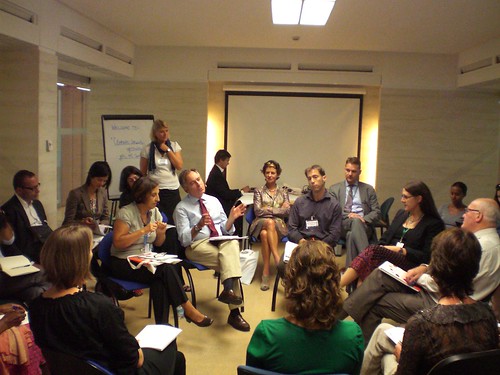
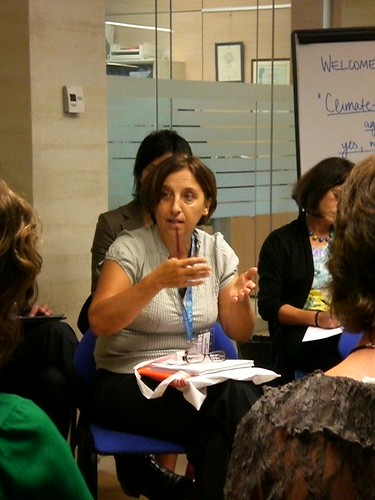
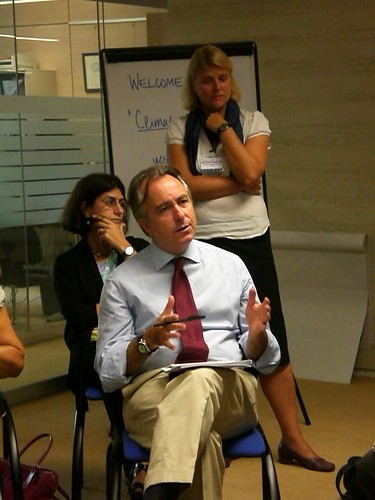
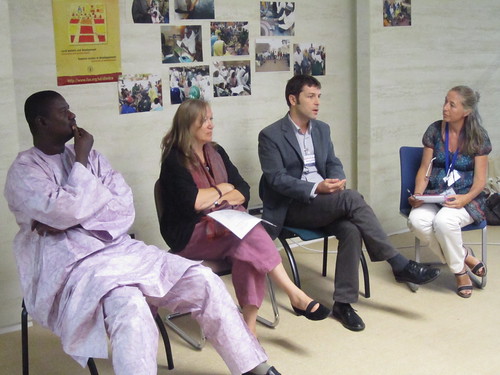
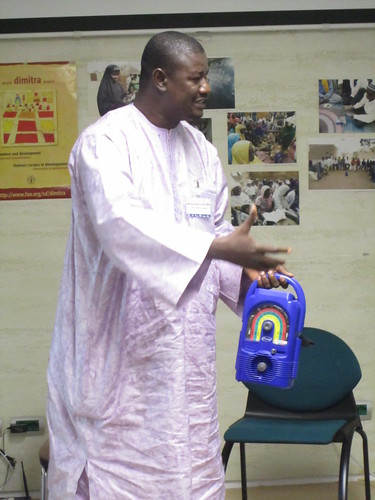
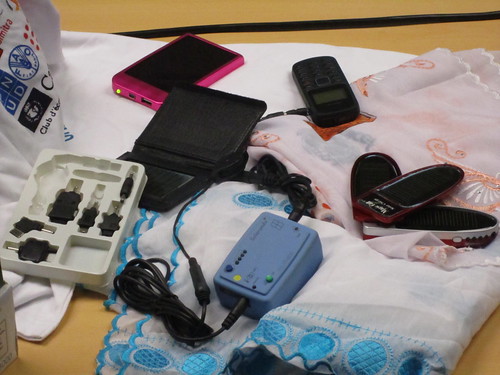
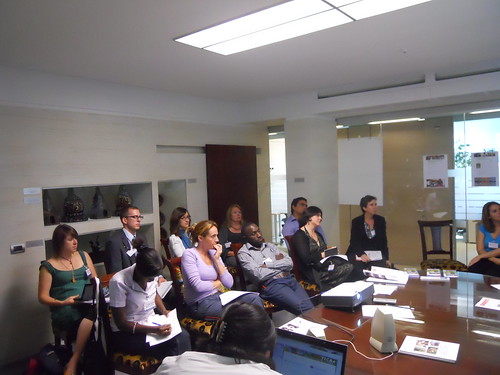
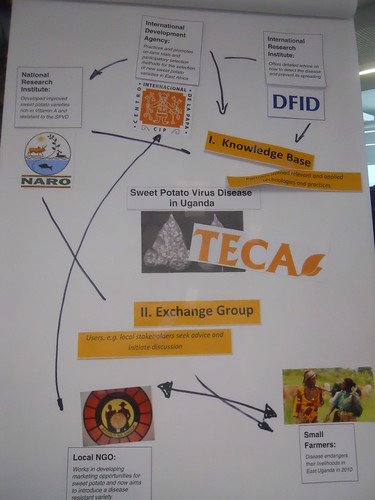
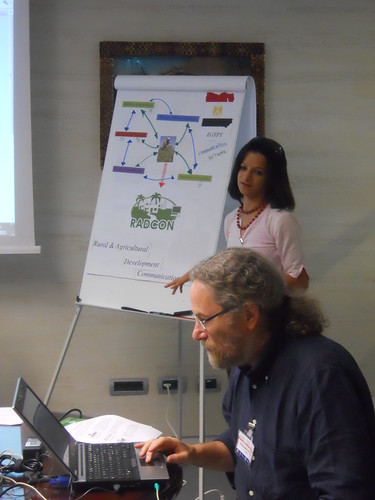


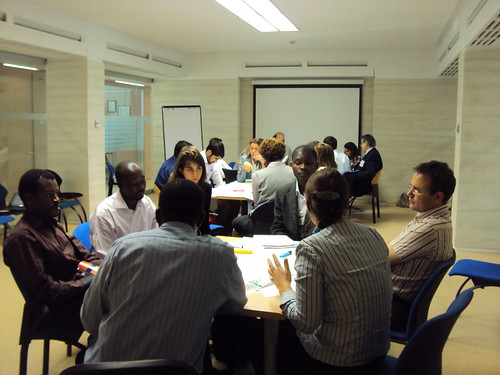
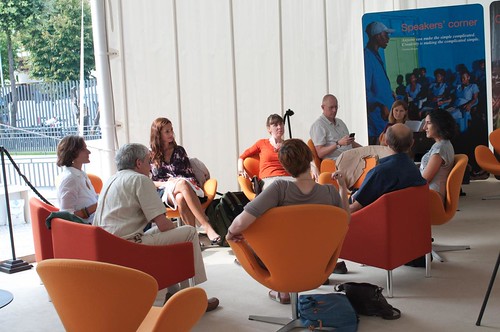
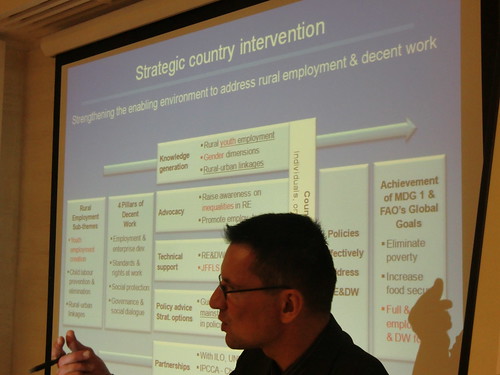
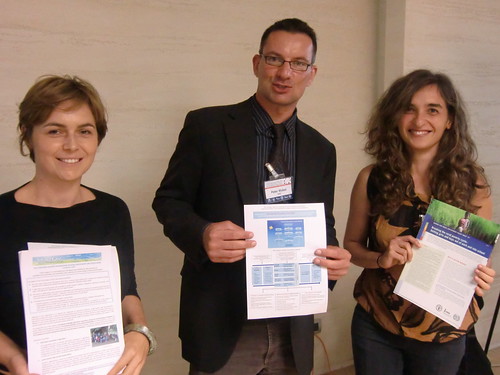
 Soon after, the lively session and active participants started to brainstorm and share their experiences on the question posed by Musa:
Soon after, the lively session and active participants started to brainstorm and share their experiences on the question posed by Musa: Towards the end of the session, the participants were taking bets!
Towards the end of the session, the participants were taking bets! 
